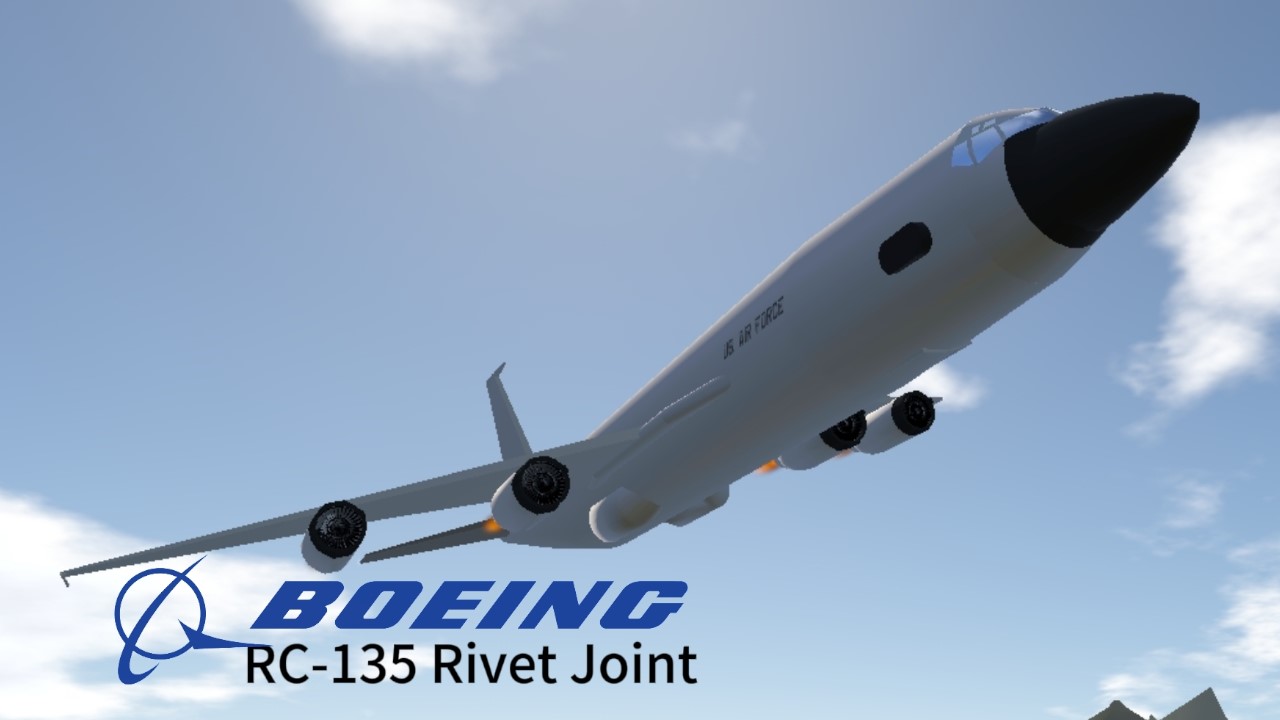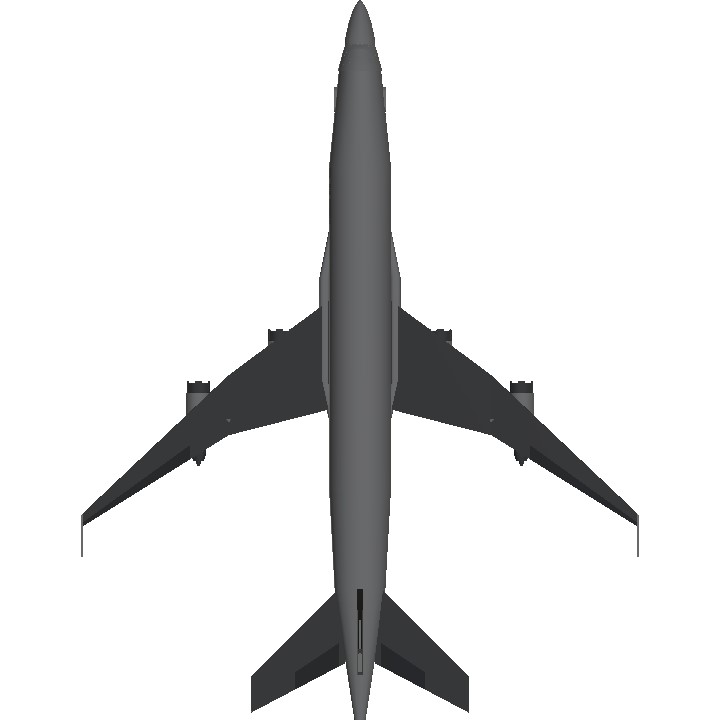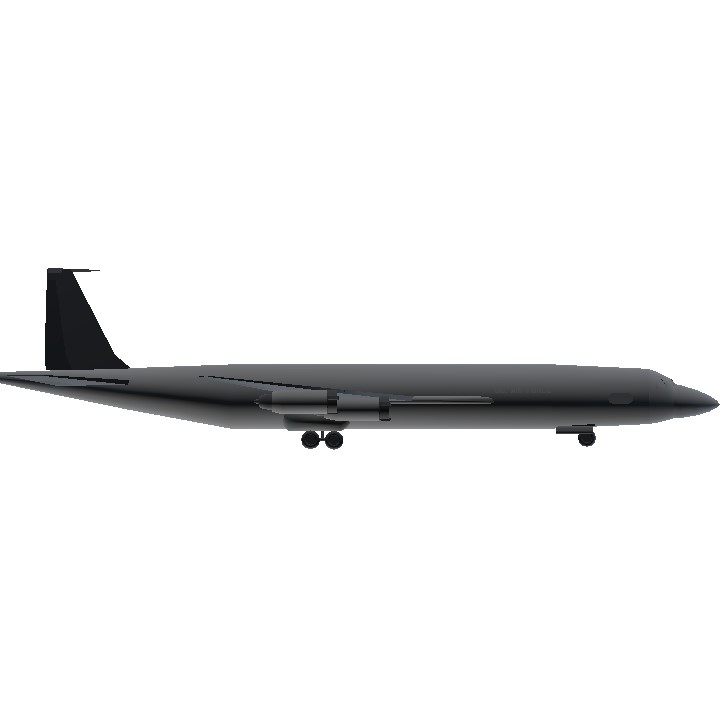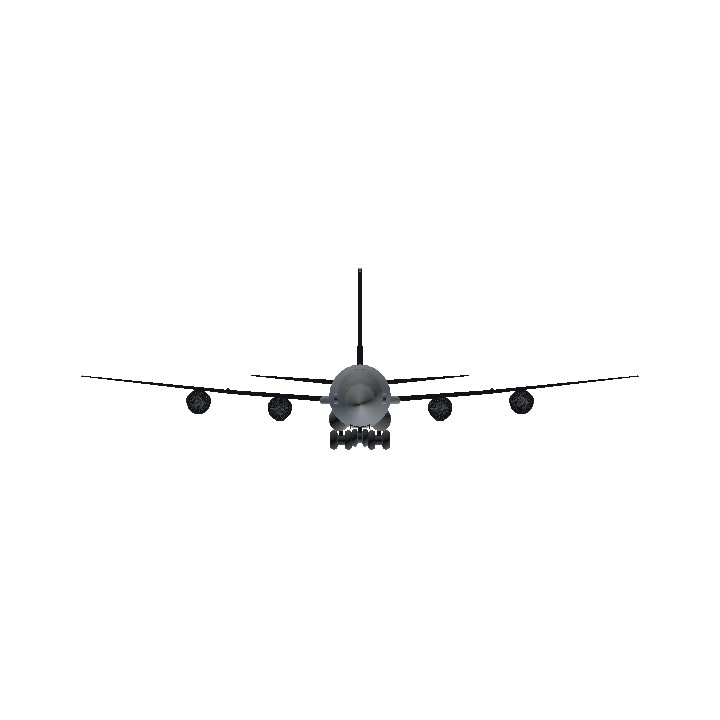Part Efficient Aircrafts!!~~
Im gonna start making more of these low part planes cause they take no time quite literally
The Boeing RC-135 is a family of large reconnaissance aircraft built by Boeing and modified by a number of companies, including General Dynamics, Lockheed, LTV, E-Systems, and L3 Technologies, and used by the United States Air Force and Royal Air Force to support theater and national level intelligence consumers with near real-time on-scene collection, analysis and dissemination capabilities.
Regular controls
In 1962, the first RC-135 variant, the RC-135A, was ordered by the United States Air Force to replace the Boeing RB-50 Superfortress. Originally nine were ordered but this was later reduced to four. Boeing allocated the variant the designation Boeing 739-700 but they were a modified variant of the KC-135A then in production. They used the same Pratt & Whitney J57 turbojet engines as the tanker and carried cameras in a bay just aft of the nose wheel well where the forward fuel tank was normally located. They had no in-flight refueling system and they were used for photographic and surveying tasks. Although the RC-135A was the first designation in the RC-135 family, it was not the first RC-135 in service. That distinction belongs to the RC-135S, which began operational reconnaissance missions in 1961, followed by the RC-135D in 1962.
The next variant ordered was the RC-135B, to be used as an electronic intelligence aircraft to replace the Boeing RB-47H Stratojet, a SIGINT platform. Unlike the earlier variants, the RC-135Bs had Pratt & Whitney TF33 turbofans rather than the older J57s. These ten aircraft were delivered directly to Martin Aircraft beginning in 1965 for installation of their operational electronics suite. By 1967, they emerged as RC-135Cs and all entered service that year. The refueling boom was not fitted and the boom operator station was used as a camera bay for a KA-59 camera. Externally, the aircraft were distinguished by the large cheek antenna fairings on the forward fuselage.
The RC-135Bs were the last of the new aircraft built. All further reconnaissance variants that followed were modified aircraft, either from earlier RC-135 variants or from tankers and transports.
In 2005, the RC-135 fleet completed a series of significant airframe, navigation and powerplant upgrades, which include re-engining from the TF33 to the CFM International CFM-56 (F108) engines used on the KC-135R and T Stratotanker, and an upgrade of the flight deck instrumentation and navigation systems to the Avionics Modernization Program (AMP) standard. The AMP standard includes conversion from analog readouts to a digital glass cockpit configuration.
Ask For Any Aircraft you want me to make into a PEA
Specifications
Spotlights
- DISHWASHER2005 5 months ago
General Characteristics
- Created On Android
- Wingspan 175.7ft (53.6m)
- Length 227.1ft (69.2m)
- Height 58.1ft (17.7m)
- Empty Weight 51,651lbs (23,428kg)
- Loaded Weight 71,588lbs (32,472kg)
Performance
- Power/Weight Ratio 1.695
- Wing Loading 16.3lbs/ft2 (79.7kg/m2)
- Wing Area 4,386.7ft2 (407.5m2)
- Drag Points 14305
Parts
- Number of Parts 81
- Control Surfaces 6
- Performance Cost 512





@Eagleman101SP No problem
@F16xl thanks!
Looks good!
@Berulacraft Thanks!
Nice plane!
@Eagleman101SP gotta get my 707 some action
@Eagleman101SP thanks!
@Christiant2 bro thanks
your builds are fire aswell
🔥🔥
Tag4
@GuardianAerospace
@Overlord5453
@Berulacraft
tag3
@NormalCv580enjoyer
@TheMouse
@DISHWASHER2005
tag2
@F16xl
@USAMustang
@Christiant2
tag1
@Chaunhkhoa
@TTL
@Rjenteissussy